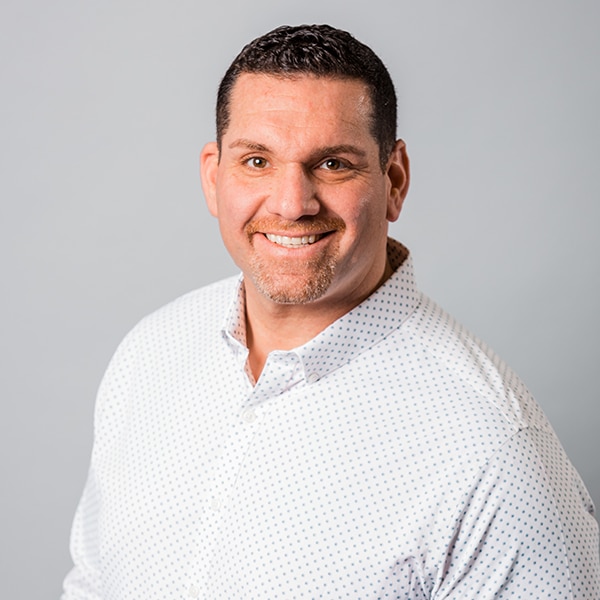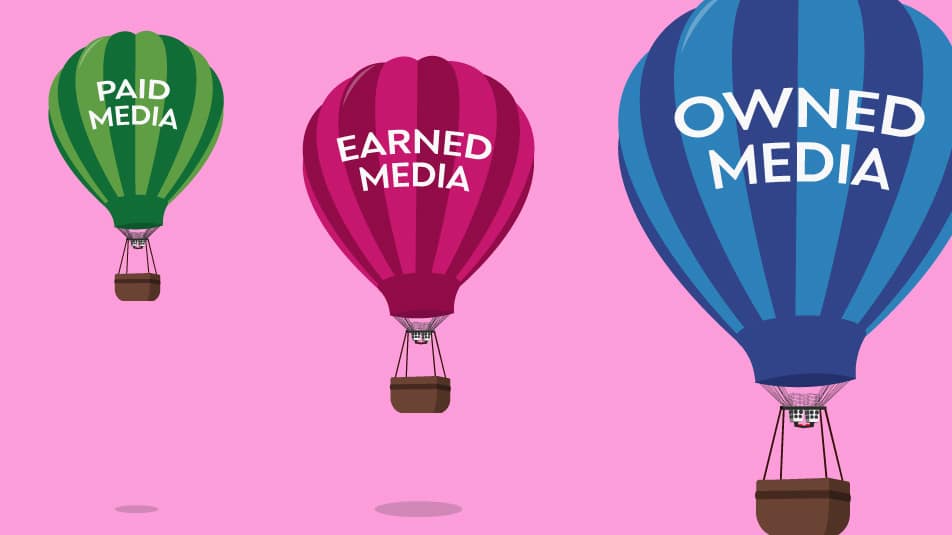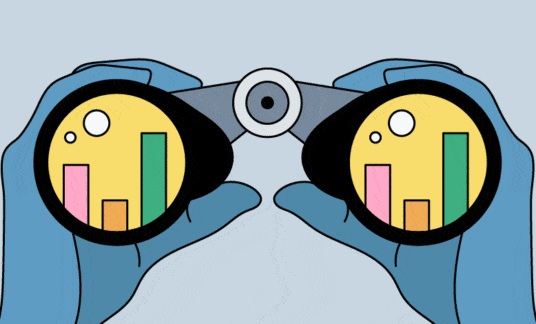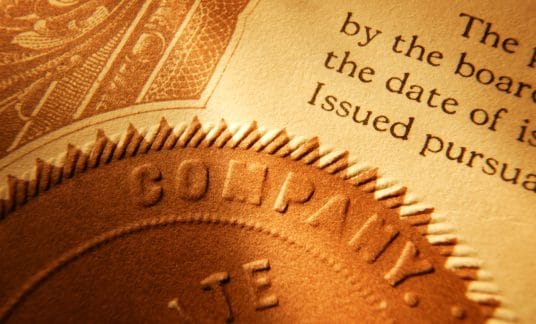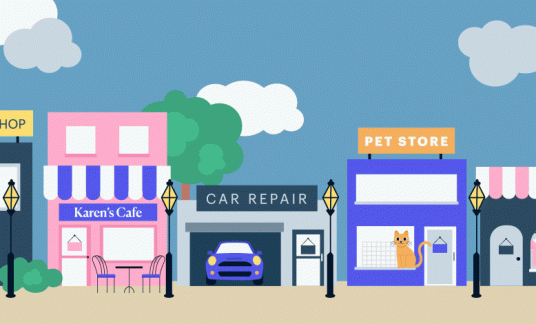There are a seemingly endless number of ways to market your brand online these days — from word of mouth to content to email marketing. One of the most effective and wide-reaching options, however, is paid media.
We’ll discuss everything you need to know about paid media in 2021. Learn about different paid media platforms, average costs, standard use cases, potential efficacy and other matters.
What Is Paid Media?
Paid media, by definition, refers to pay-per-click (PPC) campaigns that require brands to pay for placements of advertising that will be shown to their target audience.
You likely see paid media campaigns regularly as a consumer browsing online even if you’ve never run them yourself. Every time you search for anything on Google, you’ve probably noticed a Google ad that was created to capture search intent.
Social platforms such as Facebook are flooded with ads. It’s a space where advertisers can actively reach out to customers scrolling through their feeds to make instant connections.

The Difference Between Earned and Paid Media as Well as Owned Media
There are 3 main types of media that brands can use to connect with their target audience: Paid, earned and owned media.
There are limitations to each option, which pretty much requires brands to take advantage of each.
Earned Media
Earned media is when others share the content that you’ve created. This can include customers or the media. It’s all about word-of-mouth marketing.
Quick mentions of your brand on social media and public reviews count as earned media, too, because they’re freely given by others.
Earned media is easily the most valuable when it comes to reputation building and establishing trust. It also is completely outside of your control, so you don’t want to rely entirely on it.
Owned Media
Owned media is what you’re doing with marketing channels you’re in control of, such as your website, your blog, your company’s Facebook page or your newsletter.
You’re in full control of what’s posted on it, though you may be hiring employees or third-party workers to create this content. Owned media also is great because it’s fully in your control.
That said, if you’re only using organic promotional methods, it can take a significant amount of time to build up enough momentum to gain traction. It also can be difficult to reach new audience members without utilizing outbound marketing techniques.
Paid Media
Paid media involves paying a third-party channel to receive placements for your sponsored content or ad campaigns. This approach is exceptional for the instantaneous reach it can provide, allowing you to connect to new, high-intent or high-value audience members even if they’ve never heard of your brand before. You can use this to reach cold audiences or to retarget warm leads or even past customers. The downside is you do need to pay for it.
Different Types of Paid Media Channels (and Paid Media Examples)
When it comes to paid media digital marketing, there’s an abundance of different platforms. This gives advertisers a number of different options, allowing them to choose the platforms that best align with their campaign goals, their budget, and their target audience.
Let’s take a look at the different types of paid media channels you can consider investing in and the pros and cons of each.
Search Engine Ads
Search engine ads (like those from Google and Bing) allow advertisers to bid on placements that show your ad to users who are actively searching for keywords that you’re targeting.
You can still include demographic and location targeting here, but keyword targeting is the biggest focus. If someone searches for “enterprise accounting software,” for example, you can pay to have your ad appear above the standard search results. This gives you a major competitive edge, being the first thing that users see.
In addition to standard text-based ads, you can appear in product searches. Both options allow you to reach a high-intent audience who is searching for what you’re selling right now. The ability to capture this demand is exceptional.
Social Ads
Most social media ad platforms use what’s called display ads. These ads show up while users are browsing a social platform, or visiting sites or apps within the platform’s network. This means user scrolling through their LinkedIn newsfeeds could see your ad and feel the immediate need to buy whatever it is you’re selling. Display ads are visual, including both image or video and text-based components.
They’re engaging, and they often (but not always) cost less than search ads.
They may take a little longer to drive conversions, however, since you’re trying to create demand instead of capturing it.
In other words, if someone is searching for “ergonomic desk chairs” they already want it. Trying to convince someone who swears by the cheapest chairs they can find at a local discount store that they need ergonomic chairs just with a 30-second video can take a little longer.
Popular and effective social ad platforms include Facebook and Instagram, Pinterest, Twitter, LinkedIn, and YouTube.
Discussion Forums
There are plenty of discussion forums online that have highly engaged, loyal user bases, and some offer ads so that you can reach these engaged users. Quora and Reddit are 2 outstanding examples.
The benefit of reaching users with paid media in discussion forums is that these individuals are extremely engaged. They’re visiting the forum to read and view content, so they’ll be willing to view yours, too.
Because these platforms don’t have the same kind of reach or even targeting accuracy as other options, however, it’s best to keep them as only part of your advertising mix instead of going all-in on them.
How Businesses Can Benefit From Paid Media Digital Marketing
Paid media marketing utilizes aggressive outbound marketing strategies that allow you as the advertiser to control expansion in your overall reach. You’re actively gaining the ability to get in front of new potential customers who didn’t even know your brand existed until they saw the ad you created for them.
With paid media buying, you don’t need to wait for other people to share your content or mention your brand. You get to be proactive.
While there is a financial investment involved, a smart, well-calculated and strategic paid media marketing plan has enormous potential to yield positive ROI. By effectively leveraging paid media, you could attain new customers at a relatively low price as well as boosting your bottom line and your reach.
As your profit margins go up, there’s more room to invest even more into your ad spend, starting an upwards cycle that makes it possible for you to successfully scale your business at a rate of your choosing.
How Effective Is Paid Media?
Paid media can be exceptionally effective, especially when your targeting is on point and you’ve got the right strategies in place. There are no guarantees, but there are plenty of brands of all sizes that have found an abundance of success with these platforms.
Take a look at a 3 case studies:
- New Balance used the Google Ads and YouTube Ads platforms to reach new audiences and convey the “authenticity of their brand,” showing real runners using their Fresh Foam shoes. According to Google, the footwear maker experienced a 50% increase in sales from new customers on their site and reached 3 times its goal for preorders.
- Morocannoil went all in on video ads on Facebook, looking to build awareness of the company’s hair color line. The dynamic, visually-stunning videos were short and sweet, and clearly effective. According to Facebook, the luxury hair-care brand saw a 31-point lift in ad recall, a 19-point lift in unaided awareness, a 2.2-times rise in website purchases and a 2.4-times increase in campaign return on ad spend.
- Instapage used LinkedIn Ads to launch a promotional campaign for their ebook with the goal of generating downloads and leads. With diligent testing, they ultimately saw a conversion rate of 17.86% (up from 4.68%).
Ultimately, your results will depend on the effectiveness of the individual campaigns. That’s why careful planning, research and testing are all essential to success.
Paid Media: Is It Worth the Cost?
We know what you’re thinking: This sounds great so far, but what about the cost? Is it worth paying for online marketing when there are so many free options available?
In many cases, yes, paid media marketing can absolutely be worth it as long as you’re testing and optimizing strategic campaigns. A study from WordLead estimated paid advertising yields $2 in profit for every $1 in ad spend.
Paid media allows you to increase your brand’s visibility in a way that would never be possible with free, organic marketing options. It can also be much more immediate (which we’ll discuss below ), while organic marketing takes significantly longer.
Keep in mind that while you could dole out hundreds of thousands of dollars in ad spending, you don’t need to. Whatever you spend is completely up to you.
Most paid media placements with PPC campaigns are affordable, particularly when you take into account the profit you stand to make once you acquire a lead. According to WordStream, the average cost-per-click (CPC) for Google Ads is about $1-$2 (though keep in mind that high-value keywords can cost tens or even hundreds of dollars). And according to research from WebFX, the current average CPC for ads on Facebook and Instagram is less than $1.
Most platforms allow you to set bid caps, controlling how much you’re willing to spend on each individual action in addition to what you can spend for your overall budget. This ensures that you’re never spending more than you can afford on paid media.
How Soon Can I See Results?
As we mentioned above, this is one of the most beautiful aspects of paid media: You can theoretically start seeing results right away. The second your campaigns start running, they can start driving results.
Note that some testing will almost always be needed to assess what works for your audience and what doesn’t. You’ll want to set up ad funnels to drive users through the buyer’s journey with multiple touchpoints, too.
For example, someone seeing a single ad likely won’t convert, but if you follow up with a lead generation ad that promises them a free e-book, you may get their email to nurture the lead further. It will be important to follow up with remarketing campaigns to keep users in and moving through the digital sales funnel. Ideally, you’ll want to take advantage of email marketing once you capture leads.
Keep in mind that the standard conversion windows will vary heavily based on your industry. If you’re selling $25 lipstick, you can get impulse purchases almost instantly. If you’re selling $10,000 a year auditing software, however, expect your audience to need more time and research to convert.
Final Thoughts
Paid media is an outstanding option for brands looking to acquire new customers and drive sales quickly. With well-structured and strategic PPC campaigns, you can build brand awareness, send traffic to your site, generate leads and drive purchases with almost surprising immediacy.
Remember: When you’re getting started with paid media marketing, focus on the audience you want to target. Not only will you want to tailor the copy, the offer and even the visuals to your target buyer personas, but you’ll want to choose your paid media platforms strategically based on your audience, too. LinkedIn is a powerhouse for business-to-business companies, for example, while Pinterest should be a go-to platform for visual, fun business-to-consumer products.
When you’re keeping your audience at the center of your marketing efforts, you’ll be much more likely to find success — and that’s essential with paid media marketing, too.

